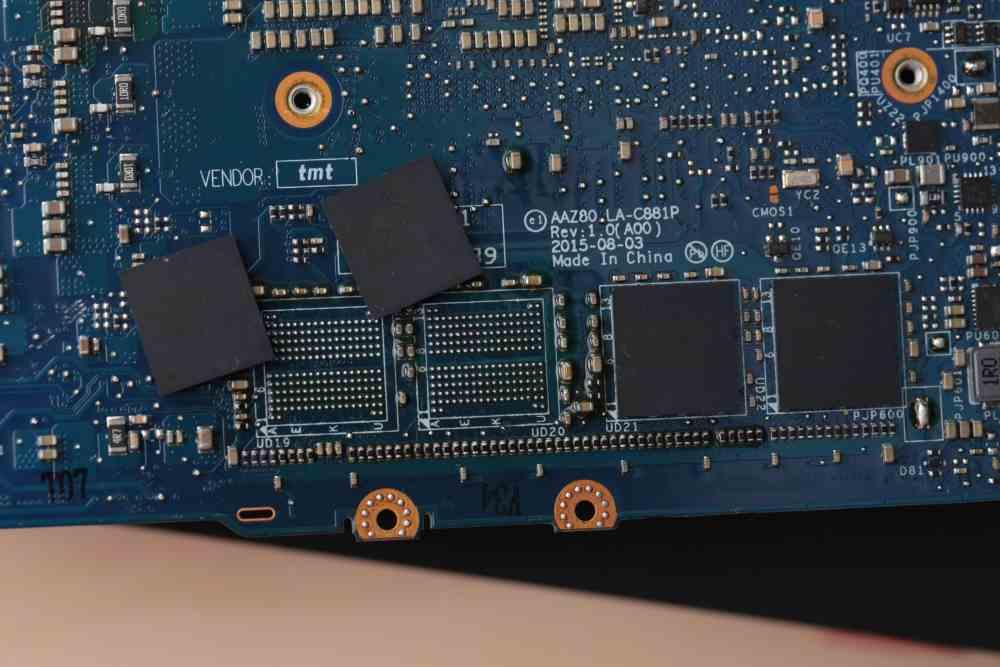
One of the most common details in the specifications of laptops is that in certain models the type of RAM is mentioned as the LPDDR5which is usual for mobile phones and on paper, at least in transfer speed compares to DDR5. However, things are not as simple as they seem.
One of the advantages that the PC has over consoles is not relying on a single pool of memory for both graphics and general processing, which is something that does happen on mobile phones and video game consoles. The curious thing about LPDDR5 and GDDR6 is that they share one thing in common, they give importance to bandwidth in exchange for sacrificing latency, which means that the processor performs worse.
Why is LPDDR5 worse than DDR5 on PC?
In theory and on paper, DDR5 and LPDDR5 memory perform the same if we look at their bandwidth, but with a few small differences. The clearest is that there are no memory modules in DIMM or SO-DIMM format that use LPDDR5 memory. That is why the specifications of Intel and AMD desktop processors do not support this type of RAM, since they are not used.
However, despite the name of Low Power or low power, LPDDR5 has nothing to do with DDR5 and it is not a reduced consumption version either. They are two different memory standards approved by the JEDEC and consequently have different communication times between both types of memory and this is where the problem comes in. Have you ever wondered why LPDDR5 latency times are not public? Well, for the simple fact that they are much worse than DDR5 and end up being a bottleneck for the system’s CPU. In other words, when choosing a laptop, if it has DDR5 memory it will have better processor performance than LPDDR5, however, there are more and more models being sold with this configuration, especially ultra-thin laptops.
Why happens?
Contrary to what many people think, mobile chips have much worse performing processors than PC chips, so worse latency doesn’t result in as big of a loss in performance. Let’s not forget that most laptops with LPDDR5 memory are used for very light tasks with very low clock speed CPU models in their daily use.
The assembler’s dilemma
LPDDR5 memory is designed to work in mobile devices and, therefore, they are very thin, many even with totally passive cooling and this is a plus under certain conditions of thermal dissipation to opt for said memory instead of DDR5 at the time to make ultra-thin laptops.
While it’s true that DDR5 memory could be soldered onto the board, most memory chips sold go into DIMMs and SO-DIMMs, and individual chips tend to be more expensive. Apart from the fact that they emit much more heat than LPDDR5 and that is why they are discarded when building certain laptops.
What is indeed an error is that in conventional laptops, those that usually have a processor ending in H or HX in their name, and, therefore, have the capacity to support DDR5 and even GDDR6 memory from graphics cards without problem. some. Well, if you see a gaming laptop with these characteristics, then discard it from the outset, the performance of its processor will be capped by the bottleneck that supposes the use of a memory with higher latency.




